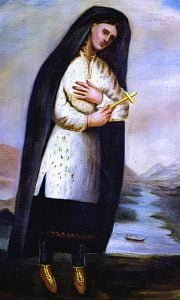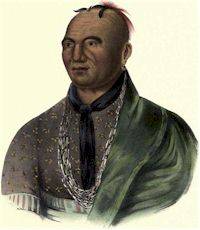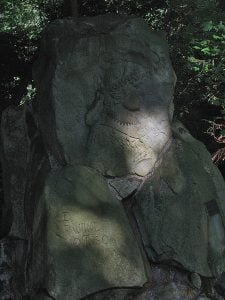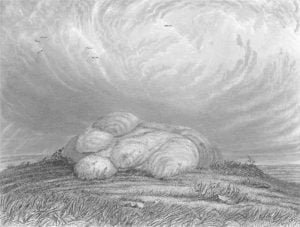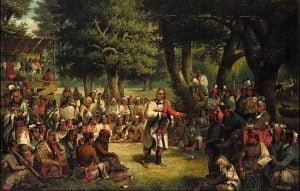Kateri Tekakwitha, Mohawk Women, Auriesville, New York
This Indian girl has been called, the Indian saint. She was born in 1656 at Candaouga, a Mohawk Village located on the south bank of the Mohawk River near where Auriesville now stands. Later she moved with her parents to Caughnawaga, a village of the Turtle Clan, located on the north side of the Mohawk River. Through the influence of three Jesuit priests, who visited her father, she learned of the Christian religion. On Easter Sunday, 1675, she was Baptized by Father LamberviIle. As a young woman she was skilled in doing work as Indian girls were accustomed to do … Read more

